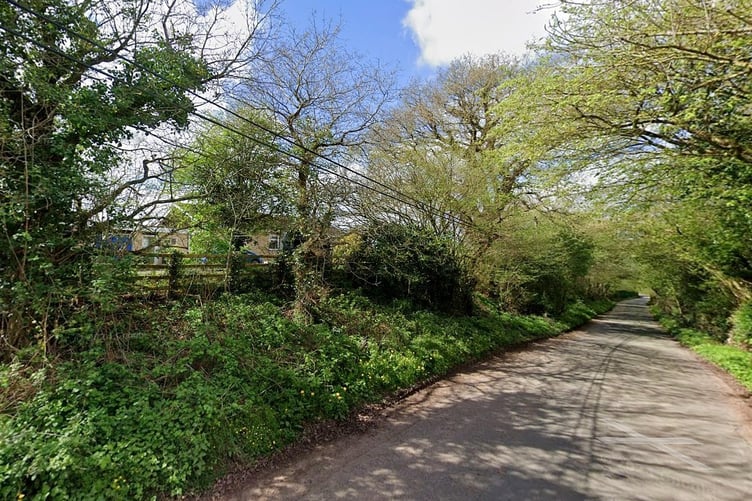A rural Herefordshire bungalow has not been lived in by a farm worker for two decades, in breach of a planning condition that its owners say is now unenforceable.
Permission to build Highfield, at Highfield Farm near Pontrilas in the southwest of the county, was granted in 1969 on condition it was occupied by “persons employed locally in agriculture and their dependants.”
This did not allow for retired or ex-farm workers, “as is often the case”, according to a planning application (number 251676) by Mr & Mrs D Bott.
While the couple met the occupancy condition when they bought the house in 1980 as they worked in poultry at the farm, by 2006 this had ceased to be the case and remains so, it says.
Given the period that has since elapsed, “the law advises that the breach of condition is no longer enforceable”, according to the application, which seeks a certificate of lawfulness to this effect.
An accompanying sworn declaration by Mr Bott says the couple “were unaware that the bungalow was subject to an agricultural occupancy condition” when they bought it from his father-in-law, and that the condition “only recently came to light”.
A decision on the application is due by August 1.
An agricultural tie, also known as an agricultural occupancy condition, is a planning restriction that limits who can live in a property in the countryside. It typically restricts occupancy to those employed in agriculture or related fields, or their dependents. This condition is imposed when a dwelling is built in the countryside due to an identified agricultural need
The primary reason for an agricultural tie is to ensure that housing in the countryside remains available for those working in agriculture, which is often essential for farm operation





Comments
This article has no comments yet. Be the first to leave a comment.